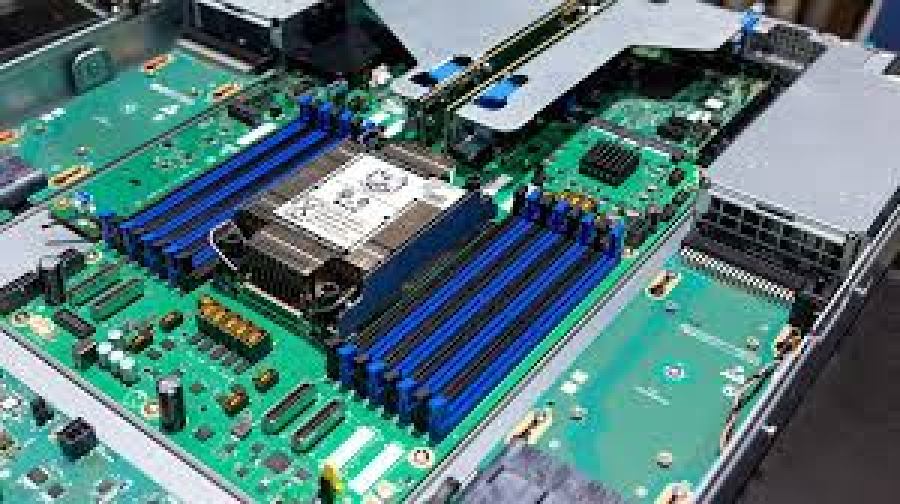Web3 and Decentralized Applications: A Beginner’s Guide
The internet is evolving, and at the forefront of this transformation is Web3 — the next generation of the web that promises decentralization, enhanced privacy, and user empowerment. For freelancers and developers on FreelancerBridge, understanding Web3 and decentralized applications (dApps) is crucial to stay ahead in the digital economy. This beginner’s guide breaks down the essentials of Web3 and shows you how decentralized apps are reshaping the internet, offering new opportunities to create innovative, secure, and user-centric web experiences.
Long Description (1000+ words)
Web3 and Decentralized Applications: A Beginner’s Guide
The shift from Web 2.0 to Web3 marks a revolutionary change in how the internet operates. Unlike traditional web apps that rely on centralized servers, Web3 leverages blockchain and decentralized networks to build applications that are more transparent, secure, and resistant to censorship. This guide will help freelancers on FreelancerBridge grasp the core concepts of Web3, the technology behind decentralized apps (dApps), and how to get started building them.
1. What is Web3?
Definition: Web3 is the third generation of internet services that focuses on decentralization using blockchain technology, cryptographic protocols, and peer-to-peer networks.
Key Features: Decentralization, trustlessness, enhanced privacy, token-based economics, and user sovereignty over data.
Difference from Web 2.0: While Web 2.0 relies heavily on centralized platforms and data silos controlled by tech giants, Web3 gives control back to users and enables direct peer-to-peer interactions.
2. Understanding Decentralized Applications (dApps)
What are dApps?
Decentralized apps run on blockchain or peer-to-peer networks rather than centralized servers. They execute logic through smart contracts, which are self-executing codes stored on the blockchain.
Characteristics of dApps:
Open-source and transparent
Operate on decentralized networks
Use tokens or cryptocurrencies for incentives
Resistant to censorship and downtime
Popular Examples: Ethereum-based DeFi platforms, NFT marketplaces, decentralized social networks.
3. Benefits of Web3 and dApps for Freelancers
Greater Security: Data stored on blockchain is immutable and encrypted, reducing hacking risks.
User Empowerment: Users own their data and identities, allowing for privacy-focused applications.
New Business Models: Tokenization and decentralized finance enable freelancers to monetize services in innovative ways.
Global Reach: Decentralized platforms enable access without geographic or censorship restrictions.
4. Key Technologies Behind Web3
Blockchain: The backbone of Web3, providing a decentralized ledger to record transactions and smart contracts.
Smart Contracts: Programmable contracts that automatically enforce agreements without intermediaries.
Cryptocurrency & Tokens: Digital assets used for transactions, governance, or incentivization in Web3 ecosystems.
Decentralized Storage: Systems like IPFS (InterPlanetary File System) store data distributedly instead of centralized servers.
Wallets: Digital tools like MetaMask or Trust Wallet for managing cryptographic keys and interacting with dApps.
5. How to Get Started with Building dApps
Learn Solidity or Other Smart Contract Languages: Solidity is the main language for Ethereum smart contracts. Other blockchains may use Rust, Vyper, or Move.
Choose a Blockchain Platform: Ethereum, Binance Smart Chain, Polygon, Solana, and others offer various features and costs.
Use Development Frameworks: Truffle, Hardhat, and Remix IDE streamline smart contract development and testing.
Integrate Web3 Libraries: Web3.js or Ethers.js help connect your frontend to blockchain networks.
Connect User Wallets: Implement wallet connection to enable users to sign transactions and interact securely.
Test on Testnets: Deploy dApps on test networks before going live to minimize risks and bugs.
6. Challenges to Consider
Scalability: Public blockchains may face congestion and high gas fees; layer-2 solutions and alternative blockchains help.
User Experience: Blockchain technology can be complex; smooth UI/UX is essential for adoption.
Security Risks: Bugs in smart contracts can lead to loss of funds; thorough auditing is mandatory.
Regulatory Uncertainty: Varying laws on cryptocurrencies and data may affect dApp deployment.
7. Real-World Use Cases of Web3 and dApps
Decentralized Finance (DeFi): Lending, borrowing, and trading without intermediaries.
Non-Fungible Tokens (NFTs): Digital ownership of art, music, collectibles.
Decentralized Social Networks: Platforms without centralized control or censorship.
Gaming: Play-to-earn models with blockchain-based assets.
Supply Chain: Transparent tracking of goods from production to delivery.
8. Why Freelancers Should Master Web3
Competitive Edge: As Web3 grows, demand for skilled developers will surge.
Diverse Projects: Work ranges from smart contracts to dApp frontends, blockchain consulting, and more.
Innovation Leadership: Be part of shaping the decentralized internet.
Better Client Opportunities: Work with startups and enterprises building cutting-edge solutions.
Conclusion
Web3 and decentralized applications represent a paradigm shift in how the internet is built and used. For freelancers on FreelancerBridge, learning Web3 development opens doors to innovative projects and a future-proof career. By understanding the technology, benefits, and challenges outlined in this beginner’s guide, you can confidently start your journey into decentralized app development and contribute to the next wave of internet evolution.


 by Emily
by Emily




